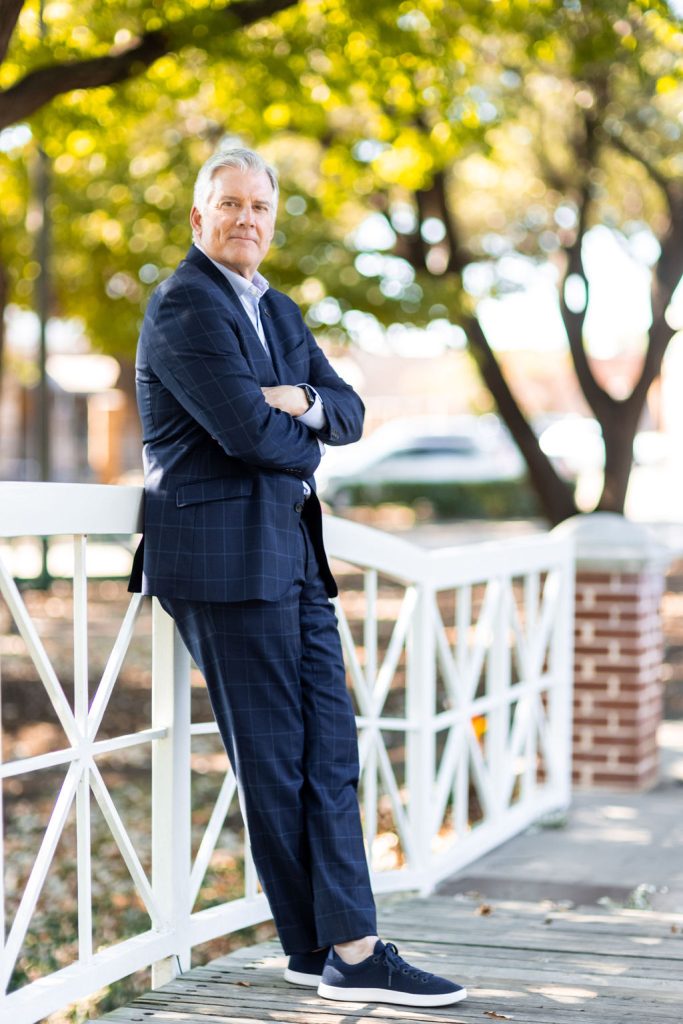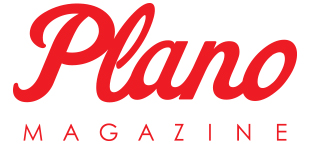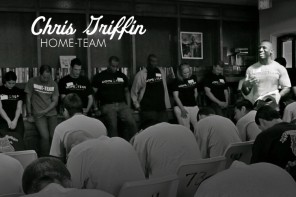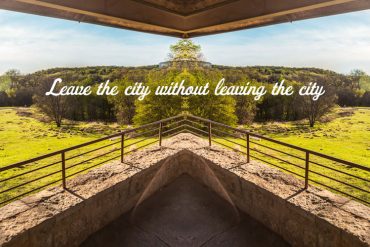PLANO MAYOR JOHN MUNS says he’s been working nonstop since being sworn in as the city’s 39th mayor in early May. His daily schedule typically includes at least three or four events in addition to his regular city business.
“The demands on the time are pretty high, but I told staff that I was going to say ‘yes’ to almost anything in my first year,” he says. “I felt like I was obligated to do that.”
His family moved to El Rancho Estates in 1969, when Muns was a child. His father, James, was the developer of the neighborhood. Back then, it seemed a long way from civilization, with only an unpaved road connecting it to the rest of the city.
Muns graduated from Plano Senior High School and went off to Abilene Christian College. He met his future wife there and brought her back to Plano, where they have lived ever since.
Following his father’s footsteps, he embarked on a career as a venture capitalist, working primarily in real estate development. In the early ’90s, the elder Muns served a term as Plano mayor while John Muns was president of the school board. To avoid any appearance of impropriety, they decided not to take on any more Plano development projects. It’s a stance he still adheres to today.
Over the years, Muns has been active in a variety of civic and philanthropic roles. Most recently, he chaired the city’s Planning & Zoning Commission. His experience there gave him a front-row seat to the issue that has divided Plano politics for many years: the debate over multifamily housing.
A small but vocal minority continues to oppose nearly every apartment or townhome project, no matter the merits. Anyone who dares to utter the word “multifamily” can expect a torrent of doomsday propaganda about ruining schools, overwhelming city resources and ruining the city’s “suburban character.”
While he strives to remain objective on each project, Muns admits that it can get frustrating when people continue to spew false information.
“If you dig deep, I think some people have a prejudice against that type of housing,” he says. “Yet I talk to a lot of people who say investing in a single-family home is not what they want to do financially for a lot of reasons.”
Muns points out that the biggest factor keeping Plano’s tax rate low is its ratio of corporations to residents. If the city didn’t have corporations, the bill for the city’s amenities would fall squarely on residents. When companies look to relocate, there are a number of things they take into consideration, including housing options. If the city is to continue to be a place businesses want to come, there must be a variety of housing options.

The demand for housing diversity is just one of the many challenges facing Plano. The pandemic has upended the workplace dynamic, with many companies embracing a work-from-home or hybrid environment. Muns says that makes it harder for city officials to evaluate the merits of office projects because they must consider their benefits now and in the coming years.
The same can be said of the retail market. Right now, Plano has many shopping centers with big box stores and large parking lots. As shopping business models change, he says the city must be flexible and ready to adapt to the changing dynamic.
He cites the new H-E-B under construction at the southwest corner of Preston Road and Spring Creek Parkway as a prime example. When deciding where to put the first North Texas store, company officials wanted to build a facility that not only catered to in-store shoppers but also better accommodated pick-up and delivery customers. This requires a larger warehouse space attached to the store, something city ordinances did not account for.
“Pick-up and delivery were non-existent just a couple of years ago, and now it’s a big part of their business and everybody else’s,” he said. “We have to be flexible and understand what the market wants and what the community wants.”
Transportation and infrastructure are also areas on which Muns intends to direct considerable attention. Significant funds from the most recent bond election will be used to improve the city’s east-west thoroughfares: Plano Parkway, Park Road, Parker Road, Spring Creek Parkway and Legacy Road.
The city also received $36 million from the American Recovery Plan. Much of the money will be used to offset revenue shortfalls from the hotel and motel taxes due to the pandemic. However, the city was able to allocate $12 million to update software and hardware on its traffic light systems. Instead of underground sensors, video sensors and other technology will be used to improve efficiencies.
Another major addition to Plano’s transportation network is the coming DART Silver Line, which will have two rail stations in Plano. When complete, residents will have a more direct ride to DFW Airport and even Fort Worth. In conjunction with this, Muns says he hopes to improve public transportation throughout the city.
“We’re the second-largest payer to DART behind Dallas,” he points out. “We really want to get our money’s worth, so we need to start looking at routes that are more efficient.”
Many commuters from neighboring cities now drive to the Parker Road station and take the train to Dallas. While places like Frisco, Allen and McKinney are not DART member cities, Muns hopes to work out agreements with those municipalities to ensure that they are absorbing some of the costs that their residents create.
Muns says he is excited about what lies ahead for Plano. While much of the recent attention has been focused on development in the city’s northwest side, other areas have big projects coming too. After years of debate, redevelopment of the Collin Creek Mall site is now fully underway. He expects to see other projects come to fruition soon along the DART rail lines as well as the Dallas North Tollway and George Bush Turnpike corridors. The borders of what people consider “Downtown Plano” are also expanding as development spreads from the original strip in nearly every direction.
“We’re really excited about being able to have not just Legacy West and Legacy Town Center, but all of these other parts of Plano really doing some great things,” he says.





